13 December 2010
What brings people to the 2010 Fall Meeting?
Posted by Michael McFadden
An intrepid team of AGU press officers went over to the icebreaker to ask a few meeting attendees what brought them here and what they expect to get from the conference. Here’s what they learned:
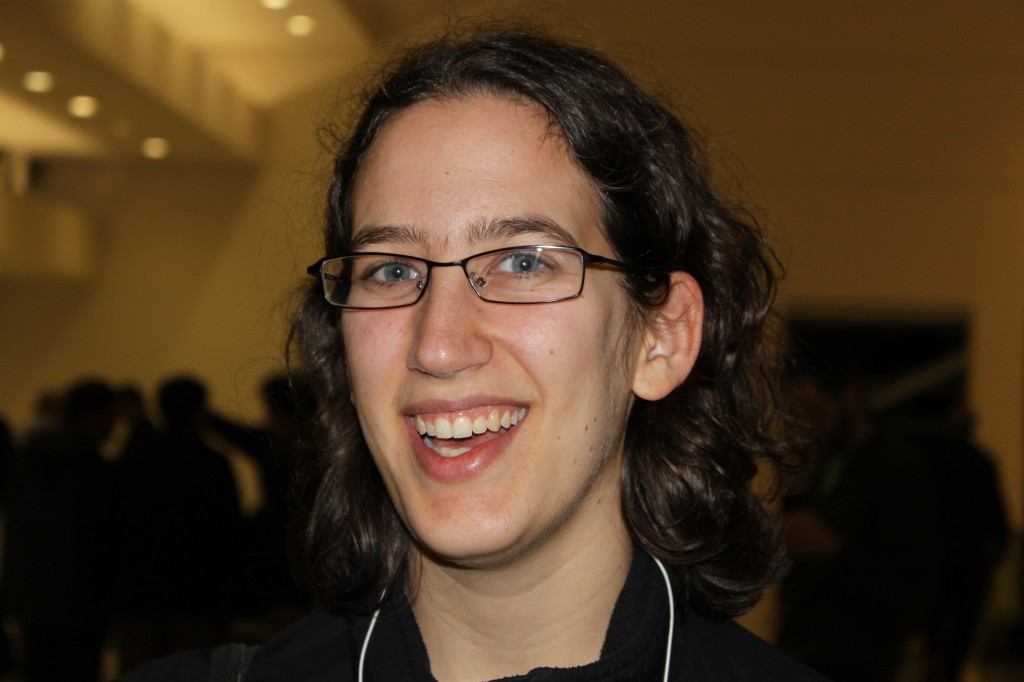 Lisa Grossman came to the Fall Meeting to cover it for Wired.com where she reports about space and physics. She was at a Fall AGU once before as a science writing student at UC Santa Cruz. An astronomy major as an undergrad at Cornell, Lisa took part in research about Europa and worked on Mars rover images. “I think I’ll see some of my Mars friends here.”
Lisa Grossman came to the Fall Meeting to cover it for Wired.com where she reports about space and physics. She was at a Fall AGU once before as a science writing student at UC Santa Cruz. An astronomy major as an undergrad at Cornell, Lisa took part in research about Europa and worked on Mars rover images. “I think I’ll see some of my Mars friends here.”
“It’s my official kickoff of the holiday season,” remarks Lee-Lueng Fu of NASA’s Jet Propulsion Laboratory in Pasadena, Calif. And, counting this year, it’s his 30th kickoff event. For nearly that long, he’s been the chief scientist for satellite missions that measure sea-level change, starting with Seasat in the late 1970s and continuing to the present with Jason2, now in orbit. Cecilia Liu, his wife, has accompanied him for the last third of his Fall AGUs. “It’s really the best organized international meeting on the earth sciences—that’s what keeps me coming back.” Fu says. And Liu? “The beer, they serve it every afternoon. And, the Christmas shopping.” She thinks a little more about it. “And the restaurants.”
The diversity of sciences attracted Francis Otieno to the AGU meeting for the first time this year. He’s doing a postdoc in paleoclimate modeling at the Byrd Polar Research Center at Ohio State University in Columbus. Otieno sees the many different disciplines coming together at the meeting as an opportunity to “get ideas that might give you additional insights into what you are doing.” For instance he is looking forward to feedback about his study of “mathematical-dynamical relationships” from researchers who work from physical evidence such as ocean sediments. “It would be good to hear what they think about what the model says.”
Antarctica was so irresistible for Angela Reusch that she missed one of the past nine AGU Fall Meetings to go there. A seismologist at New Mexico Tech in Socorro, she studies discontinuities in Earth’s mantle and also researches data quality, which is why unpopulated, low-seismic noise places such as Antarctica are such good locations for her studies. (By contrast, in Pennsylvania where she earned her Ph.D. at Penn State, “you can see football games on the seismometers.”) “You have to tie me down to keep me from going to AGU. It’s my favorite meeting of the year,” Reusch says. Her colleagues who have gone to one place or another – NASA, USGS, oil companies, etc. – “they all come here and the science is just fabulous, but almost too much.” If she only had a time-turner (think Harry Potter), she muses, she could take in those inevitable presentations that both look good but are taking place simultaneously in different buildings. Reusch also works at the meeting as an exhibitor for Cambridge University Press.
When he reflects on why he not only has come to AGU Fall meetings since the 1980s but also has become involved in AGU governance, John Bates recalls gazing down at the milling crowds at a past meeting from an upper floor. “There’s a buzz going; there’s a science buzz,” he says. “To some people it looks like chaos. But I saw an energy there… It’s quite an event.” Bates, a meteorologist for NOAA at the National Climatic Data Center in Asheville, North Carolina, is the chair of the AGU’s Meetings Committee. A new event this year has focused on first–time attendees; there are almost 2,000 of them this time — of whom some 150-200 showed up at the welcoming event. “We wanted to welcome them, give them some hints how to survive the meeting,” Bates says.
One first-timer is Lottie Herkenhoff. She has a degree in Earth sciences and has been substitute-teaching it in local high schools in Flagstaff, Arizona. Her husband Ken, a USGS planetary geologist who is presenting Friday about the most recent Mars Reconnaissance Orbiter images of the north polar region of Mars, reckons he has attended at least a dozen Fall AGU meetings since 1983. She could join him this time because their three sons have all gone on to college. “I want to see what’s for sale in the exhibits of rocks and minerals, “ Lottie says. But she has an ulterior motive. She also does a kind of artwork in which she photographs slices of polished rock only 30 micrometers thick. She’s considering having her own exhibitor booth.
— Peter Weiss, AGU science writer


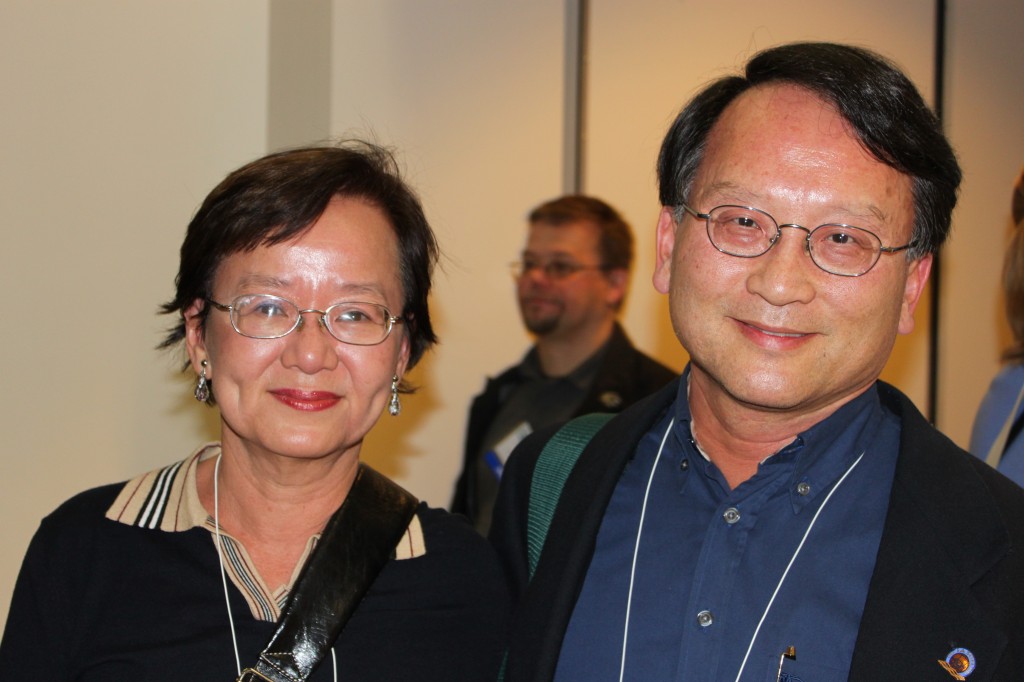
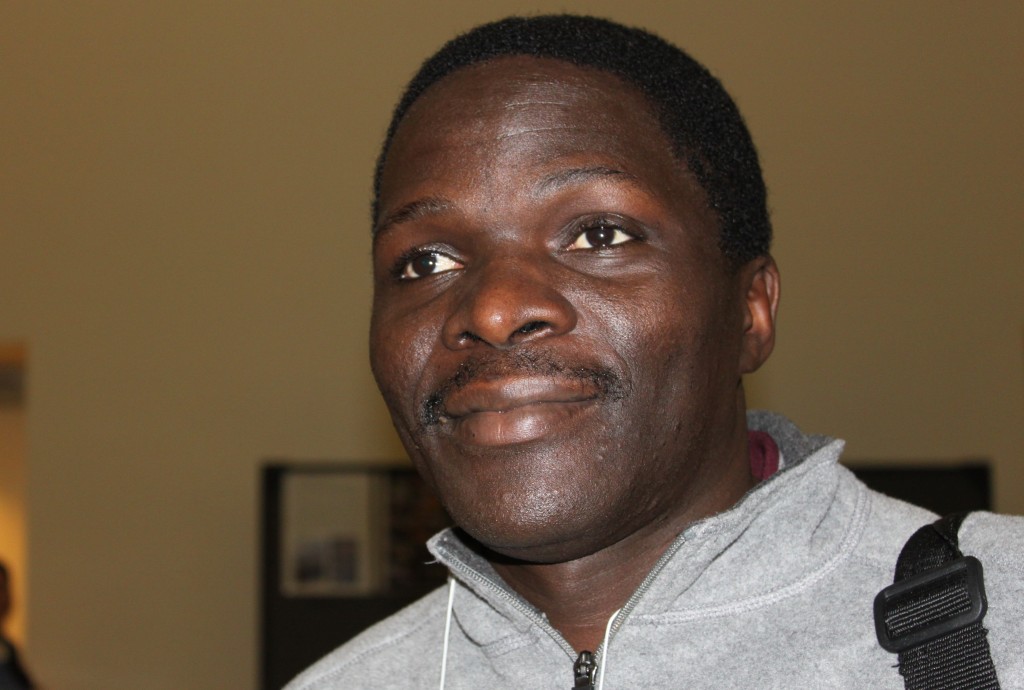
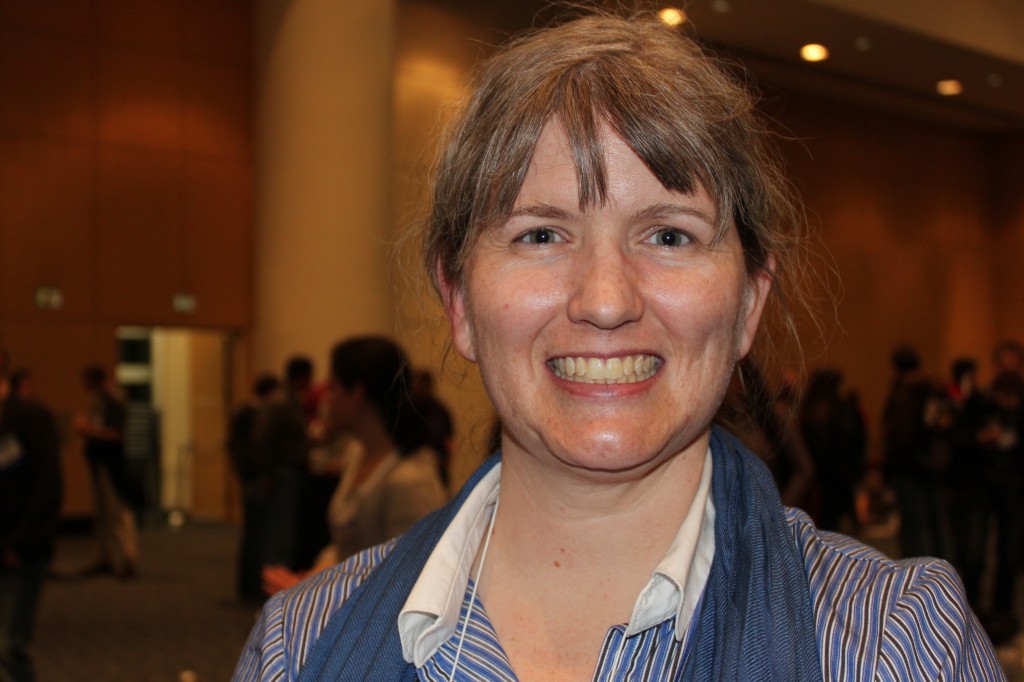
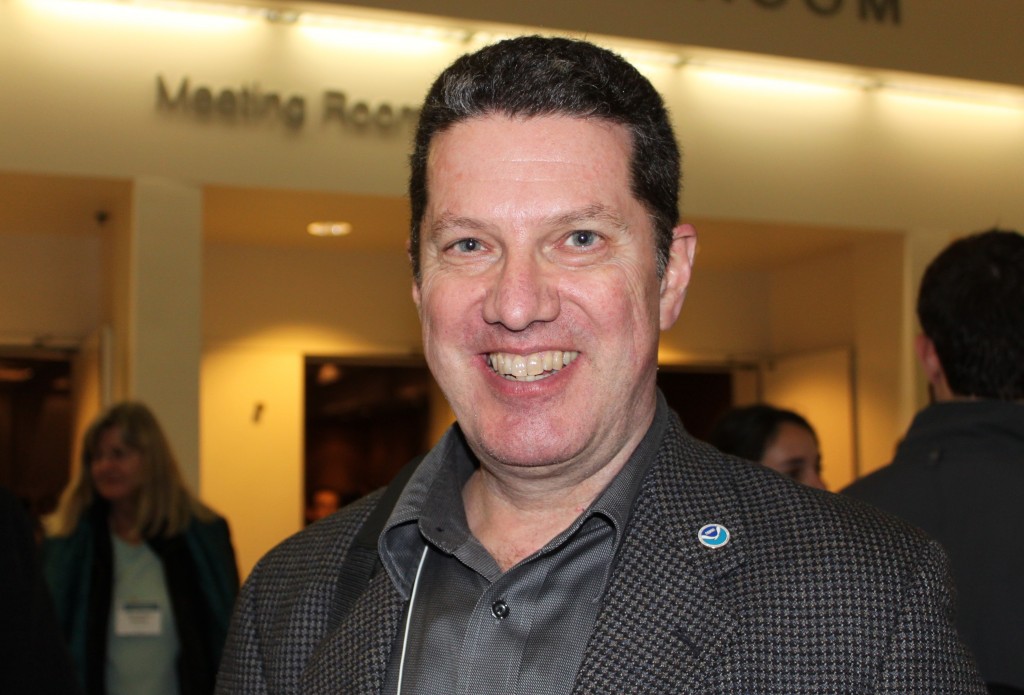
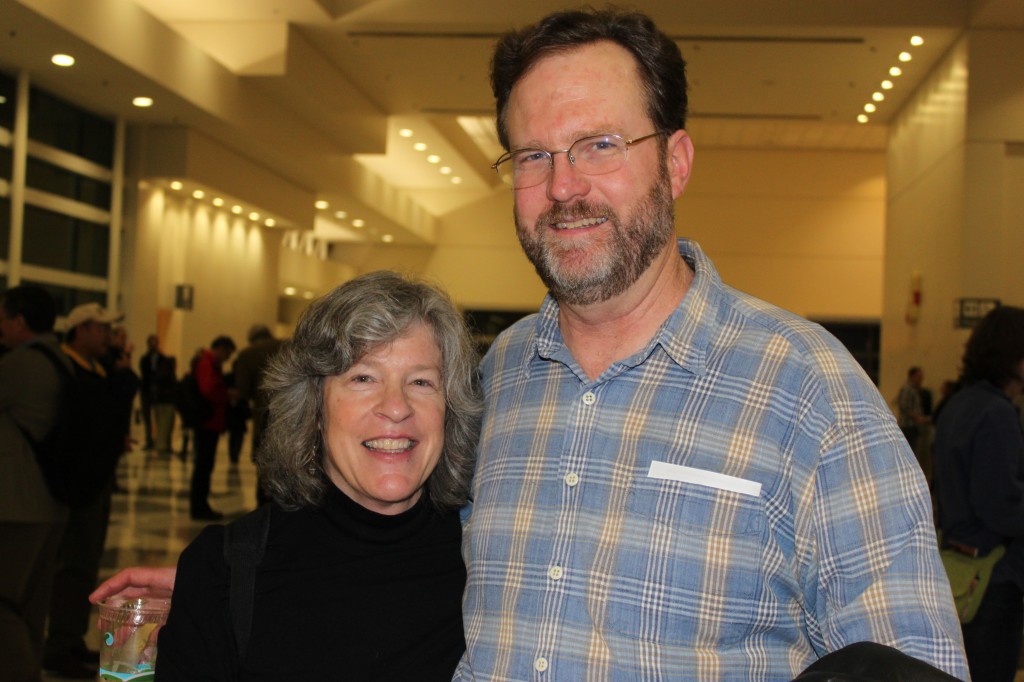








 GeoSpace is a blog on Earth and space science, managed by AGU’s Public Information staff. The blog features posts by AGU writers and guest contributors on all sorts of relevant science topics, but with a focus on new research and geo and space sciences-related stories that are currently in the news.
GeoSpace is a blog on Earth and space science, managed by AGU’s Public Information staff. The blog features posts by AGU writers and guest contributors on all sorts of relevant science topics, but with a focus on new research and geo and space sciences-related stories that are currently in the news.